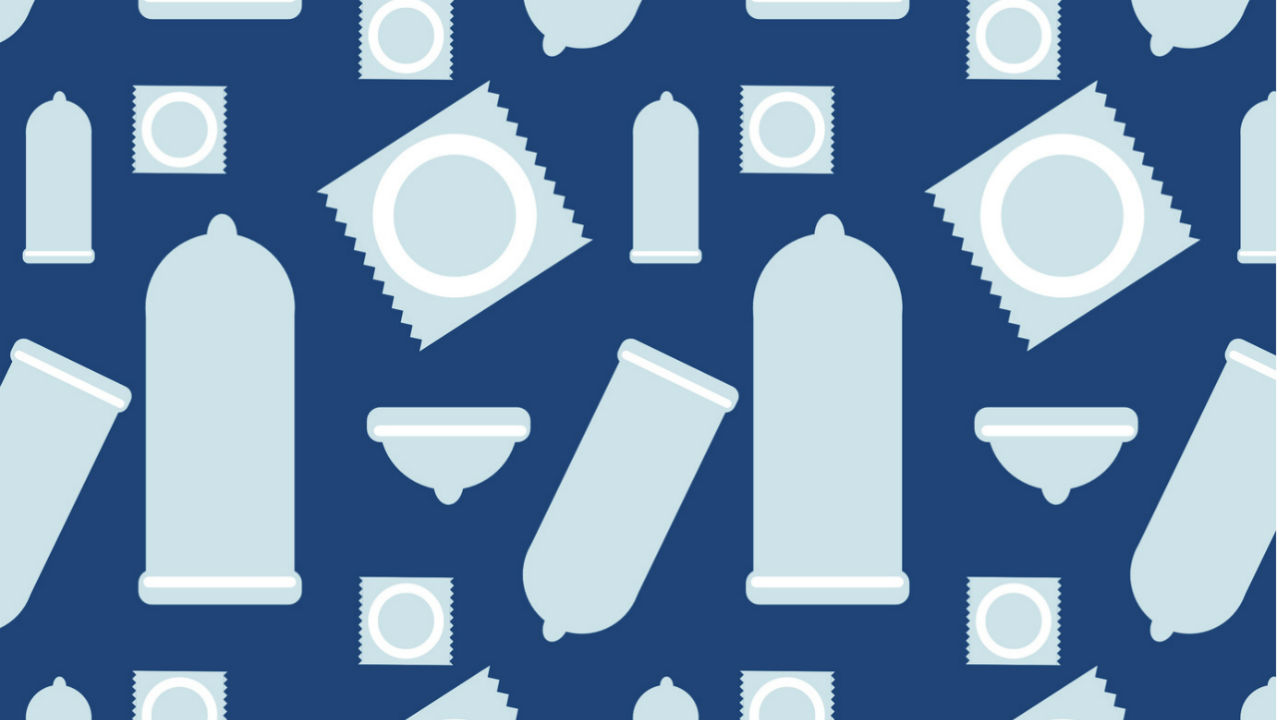Chlamydia is a sexually transmitted disease (STD), and the most frequently reported according to the CDC.
Over 1-million chlamydial infections were reported from 50 states and the District of Columbia in 2006. As with most STDs, the good news is that if caught early, it is an easily treated infection. The bad news is that approximately three quarters of infected women and about half the men, who have contracted Chlamydia, are not aware they are infected. Worse news is that it can damage the reproductive system, rendering some individuals infertile. And even worse, is that babies born to women who are infected before and during their pregnancy may have chlamydial infections—infant pneumonia and conjunctivitis (pink eye)—at birth because of the disease.
Anyone who is sexually active may come in contact with Chlamydia, and then transfer the infections to any future sexual partners. By now, you’re asking, "How do I know if I have Chlamydia or have been exposed to the infection?"
That’s a really good question and one that is not easily answered because the symptoms of Chlamydia may be mistaken for other less serious, and annoying infections such as a yeast infection (vaginal discharge and burning during urination) in women. Once the infection spreads to the fallopian tubes there may be low back pain, nausea, fever, pain during intercourse, or bleeding between menstrual cycles. At this point, it is important to note that many female infections and diseases could be mistaken for Chlamydia, so instead of becoming Lorraina Bobbitt and exacting revenge on the spouse or significant other, go get tested.
Testing maybe done through a urinalysis, or from tissue acquired from the genital region. Treatment for the disease maybe one dose of azithromycin, or week of doxycycline taken twice daily; however, if your partner has Chlamydia and is not treated, you may become re-infected with the disease. It’s truly not a great weather report for sexual health and may cause for stormy relationships, but in the end, if tested early and treated quickly, you will see clear skies in the aftermath.
It’s always a good idea to wear a raincoat when storms loom overhead, and with all the diseases that might be encountered through sexual activity, the same applies to condoms. The use of condoms is generally frowned upon by the male partner, but it can safeguard against many STDs and should be insisted upon by women who have one or more sexual partners. Clear skies and healthy sexual experiences to all!






Add a CommentComments
There are no comments yet. Be the first one and get the conversation started!